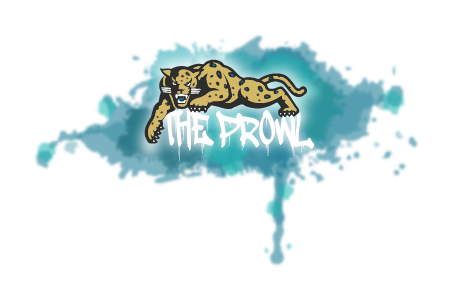The real definition of delusion may come as a shock to some people.
According to Google the definition is – a fixed false belief that someone holds onto, even when presented with evidence that it is not true.
Being delusional has more depth than just making up false scenarios in your head or with your friends, it’s a mental illness that many people suffer from. Recently, society has created a new perception of delusion, painting it as a silly joke rather than a true illness that people deal with daily.
I had Janet Chung, freshman at Glades, tell me what her experience with delusion has been, “I have had many friends who will talk about the same what-if situations and fake scenarios for hours, days, or even months on end.”
Miranda Infante, also a freshman at Glades, answered this question as well, “ I once knew someone who was so involved with the delusional scenario that they had made up that when something happened and destroyed that image they actually cried about it and were completely distraught.”
Signs of this harrowing mental illness include anxiety, depression, exaggeration to certain situations, mistrust in relationships, and a few others.
While the diagnosis of delusion is hard to come by, it is something that can take a toll on mental health and everyday lives. The diagnosis process is a difficult determination because of the many factors that play into it. The main aspect of this process is checking to see if the non-bizarre (a situation that never took place but also not impossible) delusional scenarios last for a month or longer, but cannot be caused by other qualifying conditions such as schizophrenia.
There are many theoretical causes that psychologists have presented to explain the “why” behind delusion, the main one being a conflict between the id, ego, and superego.
Now what are id, ego, and superego?
These elements are an essential part of creating your personality and are responsible for different needs and decisions.
Id – This section deals with basic needs. For example, the need for food, water, shelter, and human connection.
Ego – The ego is the part that deals with reality and meeting the needs and desires of the id in a way that is socially acceptable in the real world. For example, if someone is hungry instead of just lashing out and eating anything and everything in sight, they would wait until the situation presents itself as an appropriate place to eat their food.
Superego – The superego deals with adding morals to the situation, meaning that it is responsible for addressing the right and wrong sides of the action/situation. For Example, if you know that stealing is wrong yet you know you wouldn’t get caught, typically you won’t end up stealing because you have integrity and good morals.
These elements apply to delusion because when they all conflict and collide the resulting situation can lead to this form of mental illness.
For example, the id says that you NEED this specific thing to happen, and then your ego says it needs to happen this way, therefore your superego figures out how to make the situation work morally. You think about the scenario so much that you end up convincing yourself that it has already happened/happening. Forming these delusions and having the ability to escalate into full-blown mental illness.
Overall, even though many people treat the social media version of delusion as a joke, it truly is a deep and difficult mental illness that affects people every day.








![[Photograph of an Italian sandwich] Photo Creds: https://www.thepioneerwoman.com/food-cooking/recipes/a42398453/italian-sandwich-recipe/](https://cghstheprowl.com/wp-content/uploads/2025/10/image1.png)











































